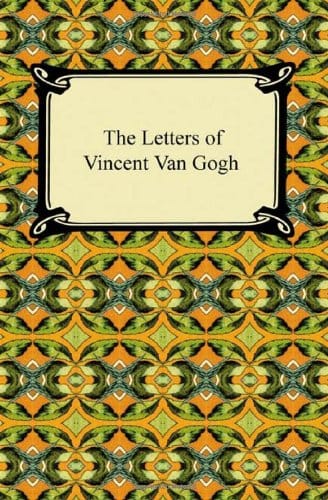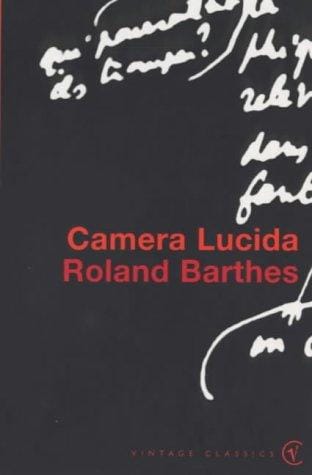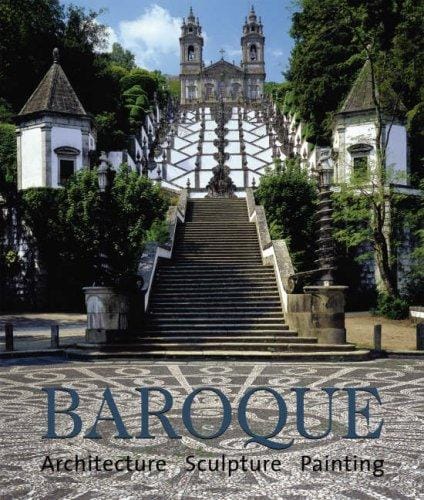The Letters of Vincent Van Gogh
The Letters of Vincent Van Gogh offer a raw, intimate chronicle of the artist’s mind, revealing his creative process, relationships, and the emotional storms behind his canvases.

Introduction
Few primary sources allow us to step inside the mind of a great artist as vividly as The Letters of Vincent Van Gogh. Written between 1872 and 1890, the more than 800 surviving letters unveil the Dutch painter’s hopes, doubts, friendships and philosophies in words as urgent as the brushstrokes on his canvases. For historians and art lovers alike, the correspondence is a living diary that captures the making of a revolutionary style while also revealing the fragile human being behind Starry Night and Sunflowers.
The Historical Context of Van Gogh’s Correspondence
Van Gogh’s letters were penned from cramped boarding rooms in The Hague, bustling Parisian cafés, lonely cottages in the Borinage coal district and, most famously, the sun-drenched yellow house at Arles. They chart a restless pilgrimage across the artistic capitals of late-nineteenth-century Europe, mirroring broader cultural shifts from academic realism to bold Post-Impressionist experiments. Economic hardship, religious fervor and the rise of industrial modernity press in on every page, situating the painter’s private reflections within a turbulent era that demanded new forms of expression.
Major Themes Found in the Letters
Passion for Art
Above all, the letters blaze with passionate discussions of color, composition and technique. Vincent writes of peering at the night sky until it “gleams with a deeper blue” and of laying strokes “like ploughs across a field.” His desire to capture emotion rather than mere appearance anticipated Expressionism and explained his furious productivity—over 2,000 artworks in just a decade—yet he never considered a canvas finished until he had articulated its mood in prose to Theo.
Struggle and Mental Health
Yet the same pages echo with despair. Van Gogh confesses to hearing “the howling of the wind inside” and fears that poverty and illness will silence him before his vision takes root. Modern psychiatrists have diagnosed everything from bipolar disorder to temporal-lobe epilepsy, but the letters remind us that diagnosis never cancels humanity; they show a man fighting relentlessly for clarity, using painting and writing as twin lifelines against the dark.
Love and Family Bonds
While Theo remains the central correspondent, Vincent also exchanges tender words with his sister Wil, fellow artists like Émile Bernard and mentor figures such as Anton Mauve. These passages balance fiery manifestos with domestic trivia: the price of bread, a nephew’s birth, wildflowers picked on a Sunday walk. The ordinary details root the mythic genius in everyday affection, revealing how much he craved—yet often struggled to maintain—human connection.
The Bond Between Vincent and Theo
The emotional spine of the collection is the dialogue between Vincent and his younger brother Theo, an art dealer who provided not only financial support but unwavering faith. Each letter opens with “My dear Theo,” a refrain that evolves from youthful camaraderie to a plea for survival. Vincent sends sketched plans for canvases so that Theo can picture them hanging in the Paris gallery, while Theo replies with critiques, parcels of paint, and news of prospective buyers. Their correspondence exemplifies collaborative creativity long before modern crowdfunding.
Artistic Insights Hidden in the Pages
Readers often marvel at how the letters operate as written thumbnails for future masterpieces. In Arles, Van Gogh reports mixing chrome yellow with lead white to achieve “buttery gaiety,” a recipe instantly recognizable in Sunflowers. He describes drawing the geometry of cypress trunks “like Egyptian obelisks against the sky,” imagery that materializes months later in Starry Night. By cross-referencing these notes with finished works, scholars trace the evolution of his palette, brushwork and subject matter with a precision unavailable through paintings alone.
Impact on Modern Art Historiography
Since their first major English publication in 1937, the letters have reshaped art historiography. Critics once dismissed Van Gogh as a mad genius working in isolation; the correspondence instead reveals a voracious reader of Zola and Dickens, a student of Japanese prints and an attentive observer of agricultural economics. By documenting sources and intentions in real time, the letters prefigure today’s studio notebooks and give curators a roadmap for contextual exhibitions that move beyond stylistic analysis toward social history.
How to Read the Letters Today
For twenty-first-century readers, the best entry point is the digital Van Gogh Letters Project, which pairs high-resolution scans with scholarly annotations and translations. Reading chronologically allows you to witness stylistic leaps, but sampling by theme—landscape, portraiture, color theory—can make connections to particular paintings clearer. Keep a reproduction or online gallery open beside the text; shifting from letter to canvas replicates the artist’s own synesthetic process. Above all, read aloud; the cadence of Vincent’s prose carries the same rhythm as his brush.
Conclusion
The Letters of Vincent Van Gogh fuse autobiography, art manual and philosophical treatise into a single, unforgettable archive. They strip away the stereotypes of the tortured artist to reveal a craftsman of words as well as images, a brother, a friend and a relentless seeker of beauty. Whether you approach them as literature or as keys to visual masterpieces, the letters invite you to co-create—imagining swirling skies not just with your eyes but through the pulse of Vincent’s own voice.

